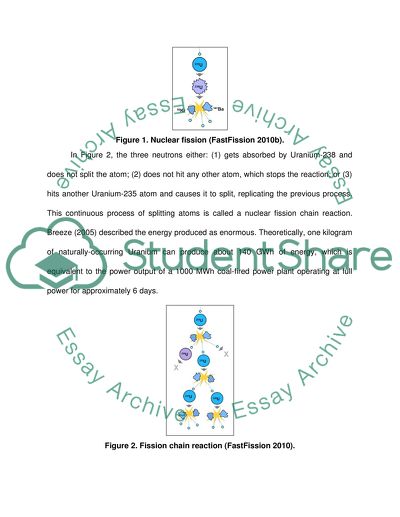Cite this document
(“Nuclear Accedents Essay Example | Topics and Well Written Essays - 2000 words”, n.d.)
Retrieved from https://studentshare.org/environmental-studies/1416024-nuclear-accedents
Retrieved from https://studentshare.org/environmental-studies/1416024-nuclear-accedents
(Nuclear Accedents Essay Example | Topics and Well Written Essays - 2000 Words)
https://studentshare.org/environmental-studies/1416024-nuclear-accedents.
https://studentshare.org/environmental-studies/1416024-nuclear-accedents.
“Nuclear Accedents Essay Example | Topics and Well Written Essays - 2000 Words”, n.d. https://studentshare.org/environmental-studies/1416024-nuclear-accedents.


